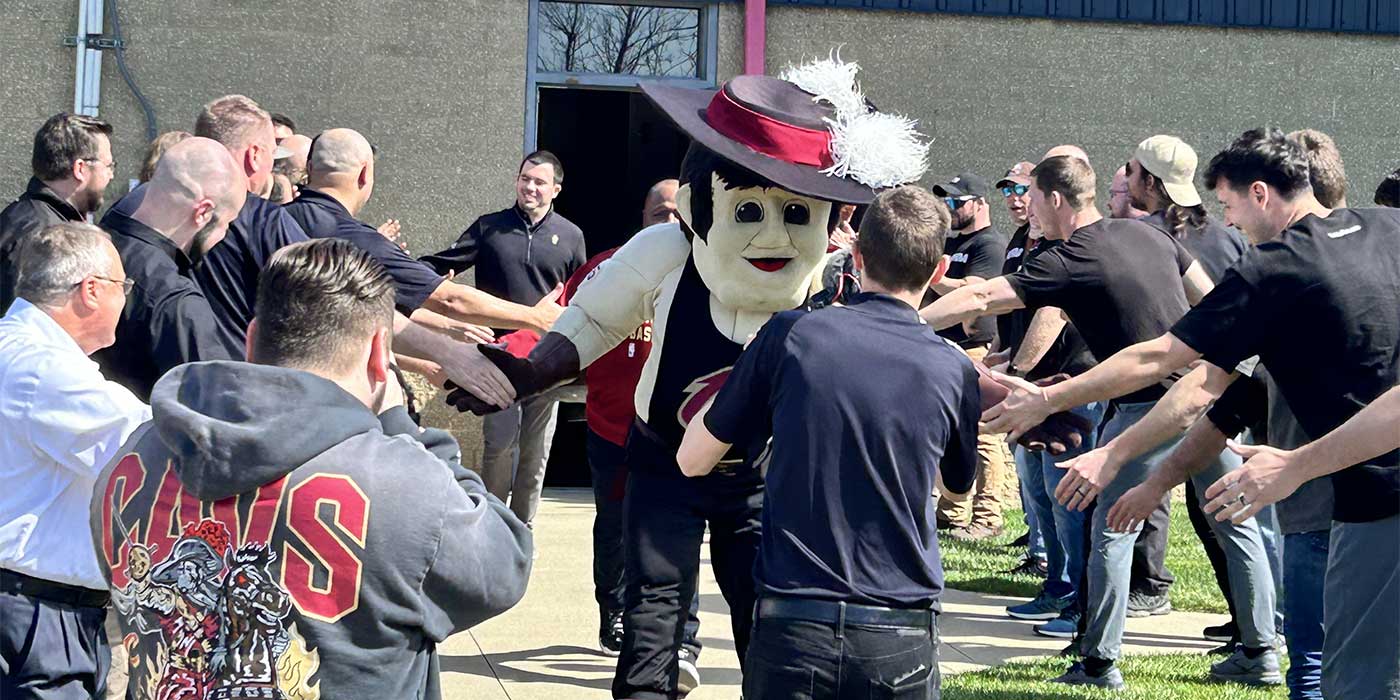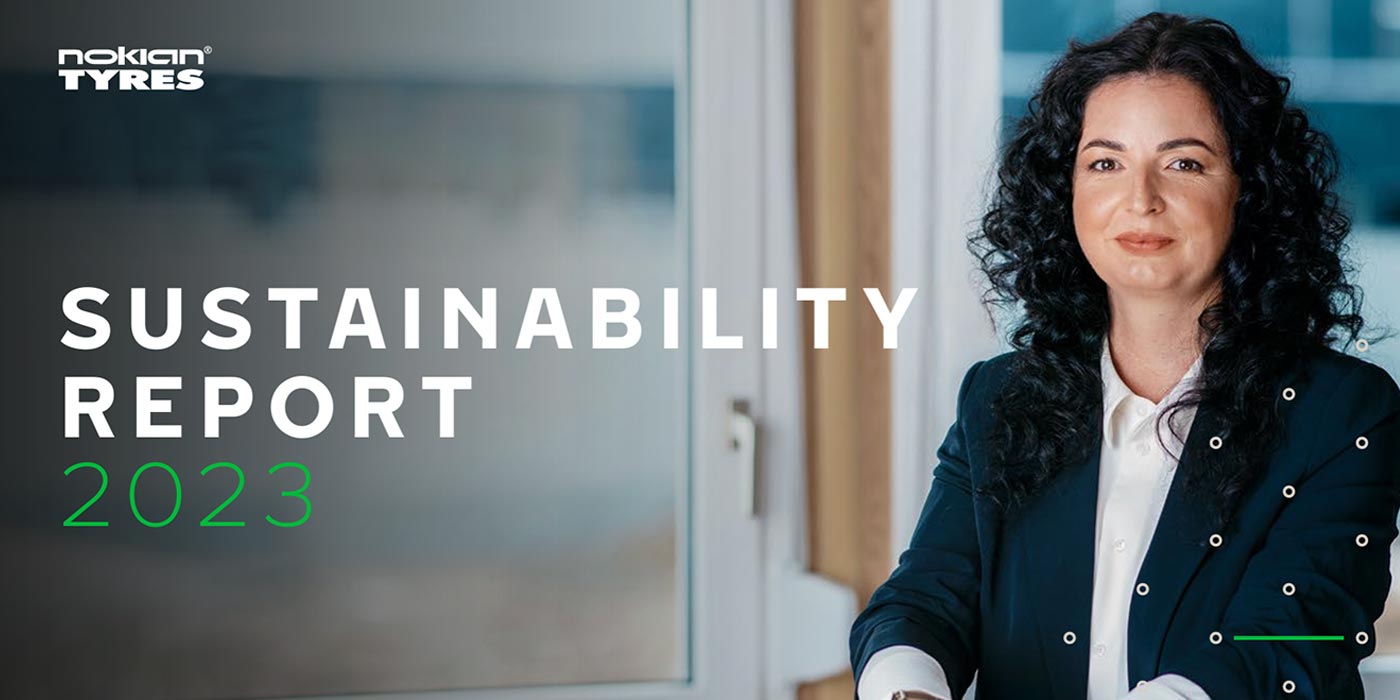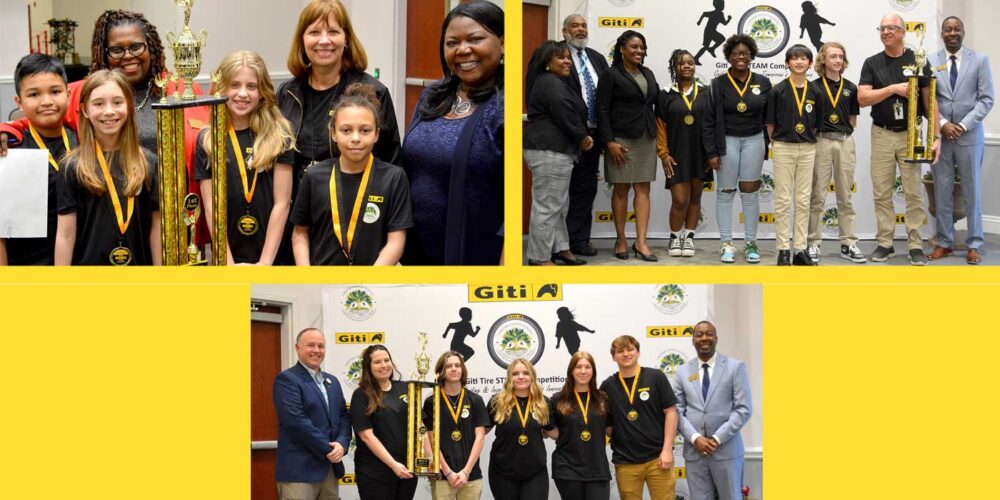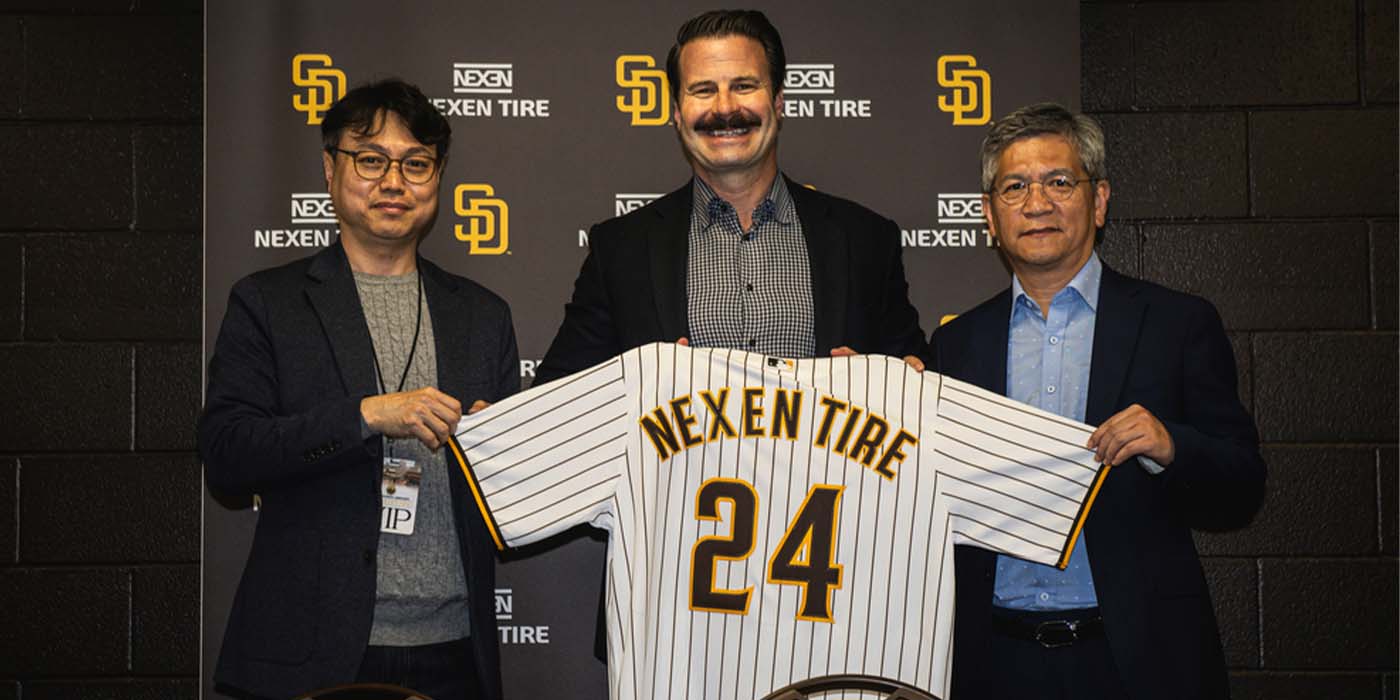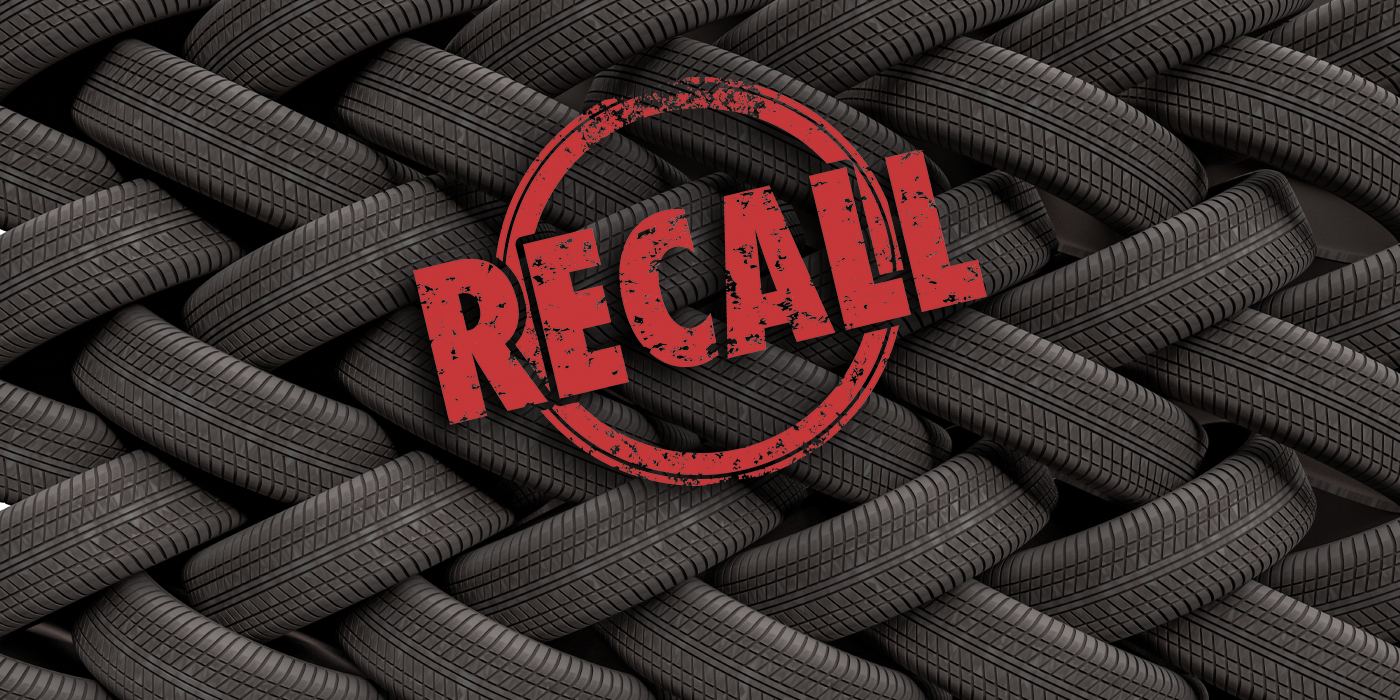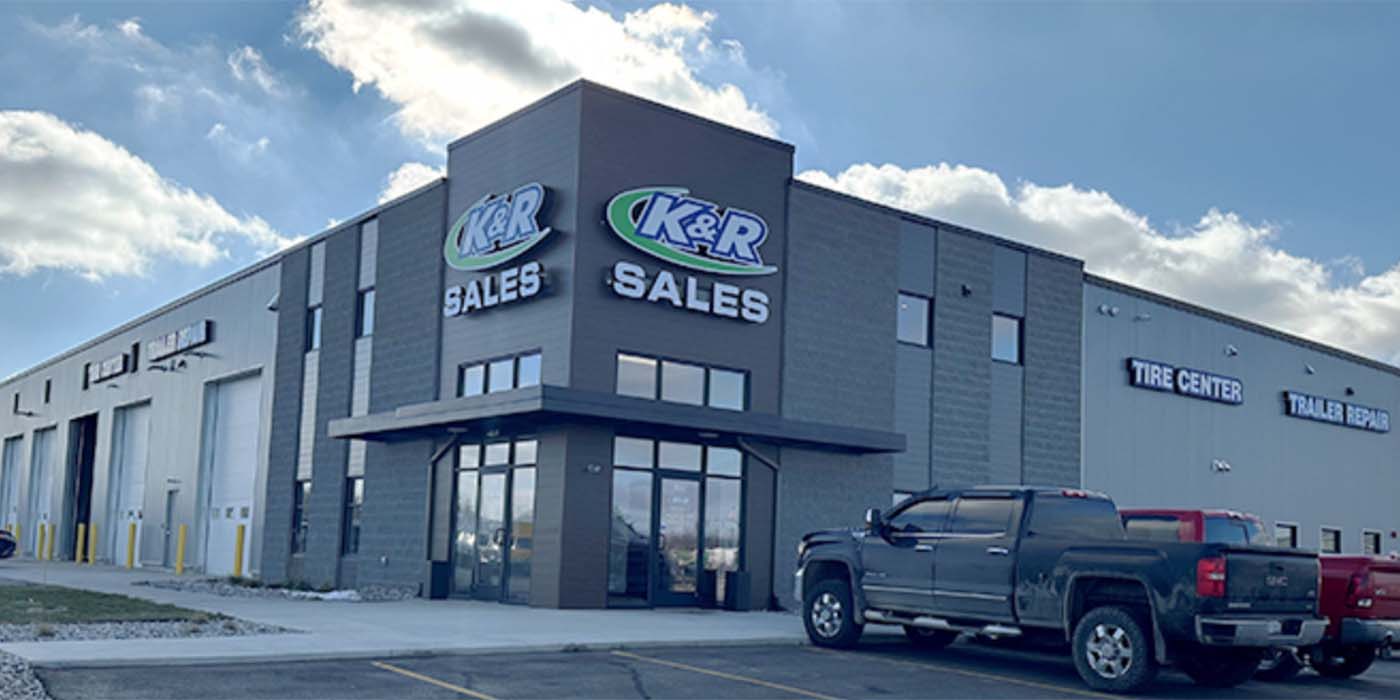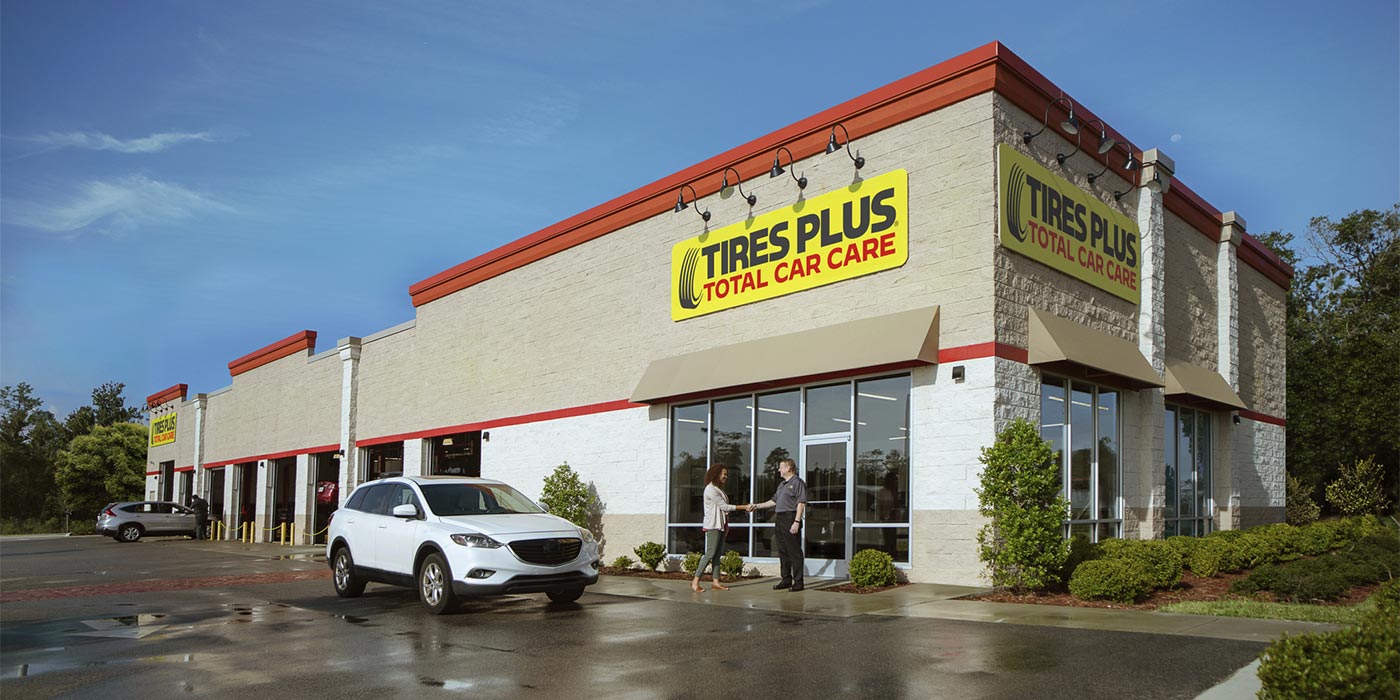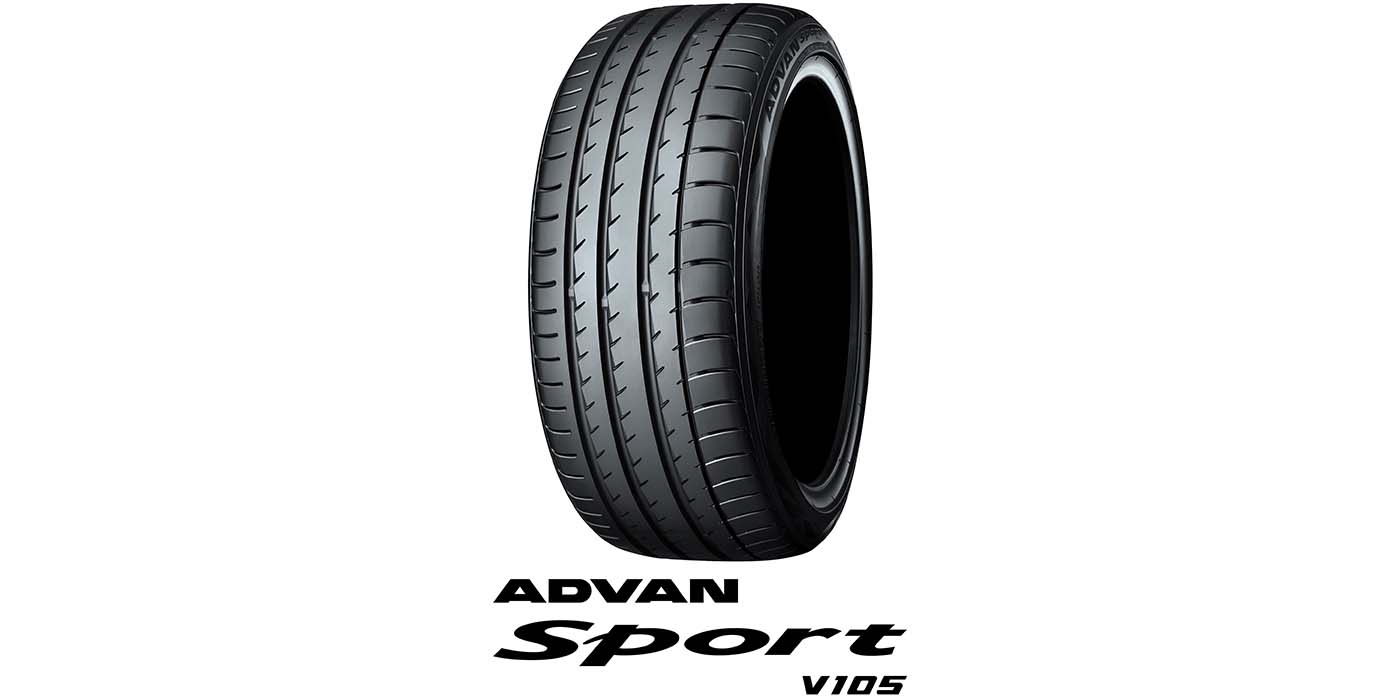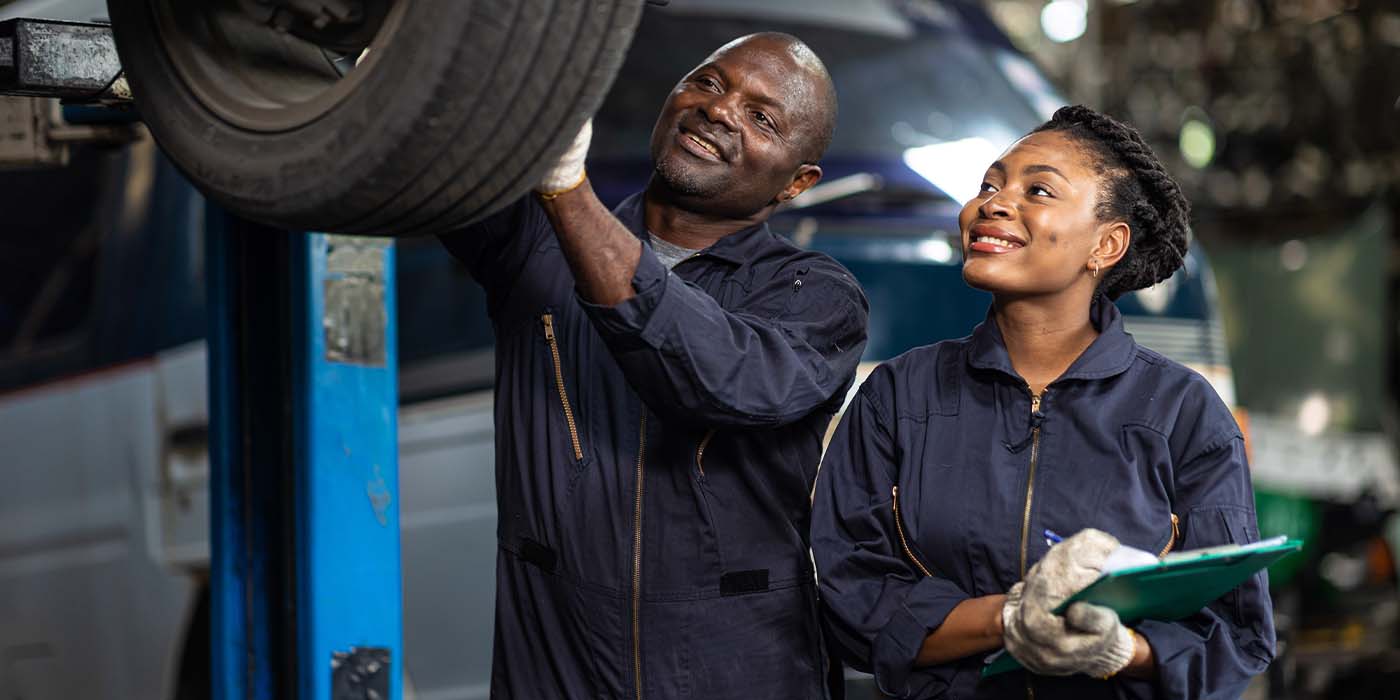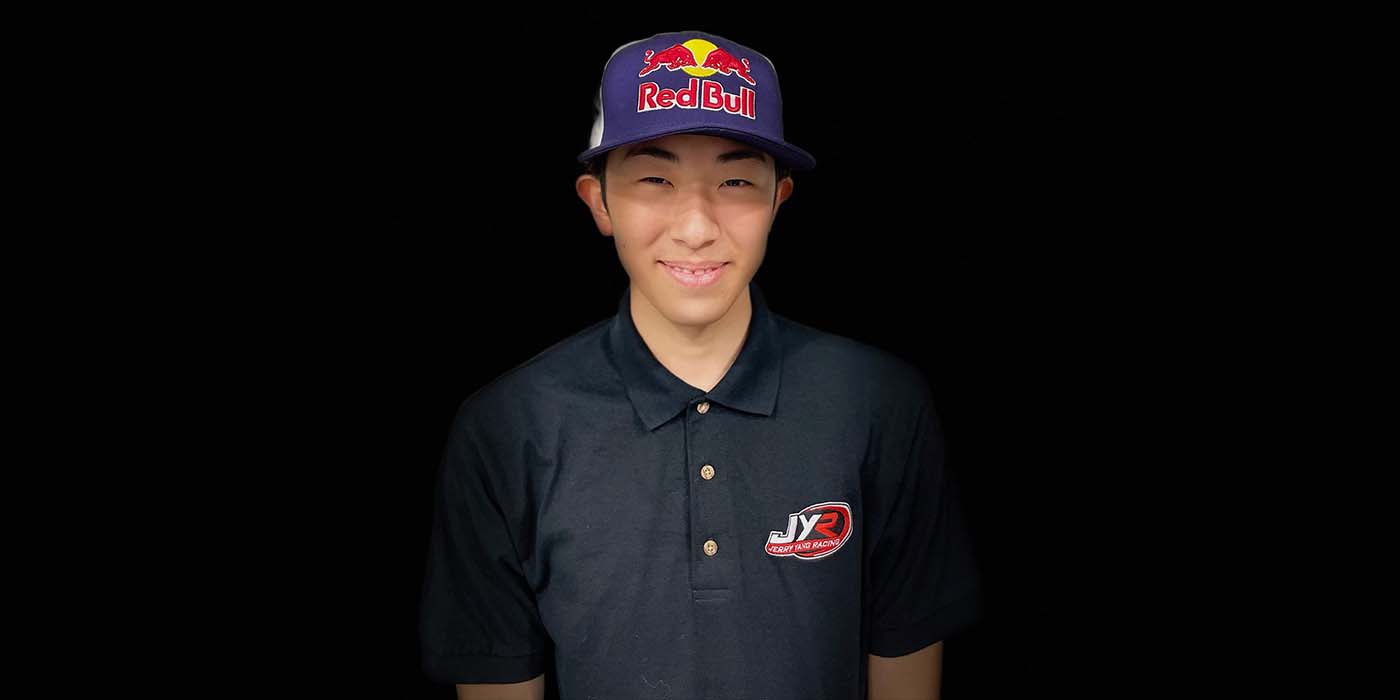As readers know, Bill C-273 received Second Reading and will be considered by the Standing Committee on Industry, Science and Technology. This will likely happen this fall – barring a federal election.
Some in the automotive aftermarket believe that service, repair and training information, and tooling and equipment is not adequately available despite the fact that many vehicle manufacturers make this information available to not only their dealers, but also those in the aftermarket. Additionally, there are numerous third party providers of this information and tooling (Mitchell, Alldata, Snap-on etc.).
However, the question is really not one of whether or not the information, training and tools and equipment are available. If we were to assume, for the moment, that none of this information and equipment is available, the real question becomes “Is legislation the best tool to remedy this problem?” Unfortunately, many believe that while legislation may not be the best tool, it is the only tool out there to address this issue, which has been around for a number of years.
The purpose of this letter is to highlight for all in the aftermarket that legislation is not the only solution to the issue of access to information, training and tooling. The industry has been working on a voluntary agreement to resolve these issues for the past few months, and it is important that you are aware of this.
“Why now?” some might be asking. This is a valid question. The reality is that the vehicle manufacturers and distributors are not a homogeneous group that approach the market in exactly the same way. Regardless of how they approach the market and conduct their business, customer service and customer satisfaction are the motivating factors behind any approach. Each manufacturer has their own unique model of responding to the business realities presented to it.
Given the differing circumstances with different manufacturers and distributors, it has been a challenge to bring the manufacturers and distributors together to focus on this issue. Moreover, lawyers become very concerned when they hear that competing manufacturers want to get together to discuss marketplace issues. However, that log jam was broken when federal Industry Minister, Tony Clement wrote to auto manufacturer and aftermarket representatives in late April of this year requesting that a voluntary solution be developed to address the so-called “right to repair” issue. To that end, vehicle manufacturers committed to the Minister to develop a voluntary agreement with the aftermarket that would provide access to service and repair information, tooling and equipment and training.
As many know, the National Automotive Trades Association (NATA) arranged a meeting on Apr. 29 with all automakers and distributors present, the Automotive Industries Association (AIA), as well as representatives from both Industry Canada and the Competition Bureau. The intent of that meeting was to see if there was common ground amongst all associations to work towards a voluntary agreement.
While we did not get any agreement after a full day meeting with one another, by May 1st vehicle manufacturers had a Letter of Intent signed with NATA to pursue the negotiation of a voluntary agreement no later than Sept. 30, with the full implementation of the agreement by every manufacturer no later than May 31, 2010.
To no one’s surprise, some have openly disparaged the Letter of Intent, however, it is clear that detractors really do not appreciate how big a deal the signing of the Letter of Intent is. It is a commitment by all manufacturers to first negotiate an agreement to make service and repair information, tooling and training information available, and then implement that agreement for all in the automotive aftermarket (not just NATA members) in less than a year.
I think it is fair to say that vehicle manufacturers and distributors do not want a legislated solution to this issue, especially the legislation proposed under Bill C-273, and especially when many manufacturers are already making the information, tooling and equipment available.
With respect to the issue of the integrity of the vehicle manufacturers and distributors to actually follow through with a voluntary agreement, it needs to be understood that they are not in the habit of making commitments to Ministers only to abandon them. In fact, quite the opposite is true, the Association of International Automobile Manufacturers of Canada (AIAMC) and the Canadian Vehicle Manufacturers Association (CVMA) have signed over a dozen agreements and a Memoranda of Understanding (MOU) with various federal and provincial governments and have adhered to the provisions of each one.
In each case, legislation was not required but the public policy goal of the legislators was achieved.
One concern expressed about a voluntary agreement pertains to the ability of a manufacturer to pull out of a voluntary agreement any time they want and how any new market entrants would be bound by a voluntary agreement. While those concerns are noted, the reality has been that peer pressure and the threat of legislation have proven successful in motivating manufacturers to participate in other voluntary agreements and programs.
In my view, the AIA and supporters of C-273, need to be concerned about pursuing a legislative solution. In addition to a possible election, which may pull the plug on the legislation, is this what they really want? Regardless of what any legislation might possibly be, proponents need to understand that that is something you will have to live with for some time. It is a difficult and time consuming process to make amendments to legislation and you all know how quickly the automotive industry and automotive technology change, so the industry could be stuck for some time with a piece of antiquated legislation.
Perhaps the best argument for a voluntary agreement versus a legislation solution can be found in the following excerpts from a press release a few years back:
“Although lobbying government for legislation is an option for the aftermarket industry, this option will take time and money to achieve and may in the end cost more for independents to access the information. Plus government would have to find the resources to actually enforce the legislation.” These are pretty wise words and they aren’t coming from anyone in government or the automakers but are actually the words of former AIA Chair Malcolm Sissmore, from an AIA press release issued four years ago on August 22nd, 2005. Mr. Sissmore went on to say, “So AIA approached NASTF and the Canadian automobile manufacturers to investigate the possibility of creating a Canadian Automotive Service Task Force (CASTF). The car companies are obviously more interested in a voluntary agreement rather than legislation and it would still ensure a level playing field. This option is also quicker and cheaper to implement.”
The vehicle manufacturers and distributors couldn’t agree more, the question is what has changed in the intervening years for the AIA?
[Editor’s Note: This column was written by David Adams, president of the Association of International Automobile Manufacturers of Canada (AIAMC), which represents 14 international automobile manufacturers with operations in Canada.]



